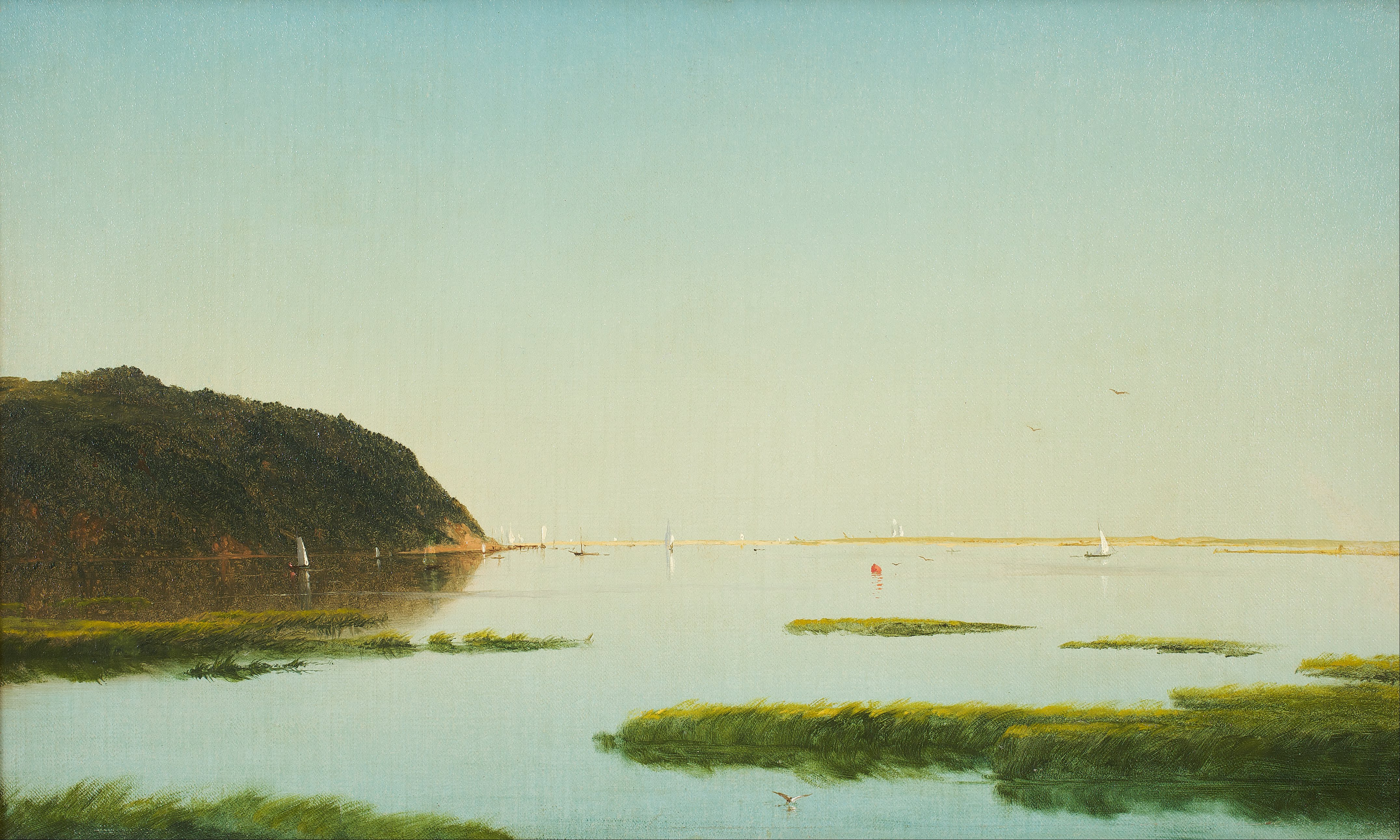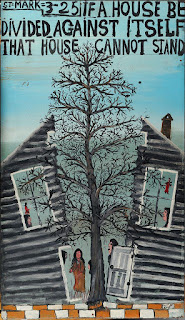The news of Saul and Jonathan's death comes to David from the Amalekite who ended Saul's life. When his sons fall in battle, Saul realizes that the fight cannot be won. He falls on his sword but is still alive, so he asks a young Amalekite fighter to end it. The Amalekite does, removing Saul's crown and armlet and taking it to David. David puts the Amalekite fighter to death for killing God's anointed and then begins the lament that forms the reading for this week.
David's bodily reaction to the news that the king and his sons have been killed in battle is to tear his clothing and speak the lament. German artist Kathe Kollwitz offers a different physical reaction to such news. Her print "Killed in Action" shows the reaction of a woman surrounded by her children. She covers her whole head with her hands as if to shut out the news. The children who surround her are probably not even part of her consciousness.
Kathe Kollwitz. Killed in Action. 1920. Lithograph. NY: Metropolitan Museum of Art.
Kollwitz knew this feeling firsthand. Her son Peter was a volunteer in the German Army. He was killed in Belgium in 1914. Her grandson, also named Peter, was killed in Russia in 1943.Kollwitz used a similar pose in a sculptural piece she began after the death of fellow artist Ernst Barlach. Titled "Lamentation", the relief sculpture reflects her feelings of the loss of an artist she admired. The works of both Barlach and Kollwitz were categorized as "degenerate" by the Nazi government. Barlach died of heart failure after he was forced to resign from the art academies and was forbidden to work as a sculptor. In Kollwitz's work, the left hand covers the left side of the face while the right hand covers the mouth. We see part of the face, enough to know that even the visible eye is closed as if to shut out the news.
Kathe Kollwitz. Lamentation: In Memory of Ernst Barlach. 1938/cast later. Washington, DC: Hirshhorn Museum and Sculpture Garden, Smithsonian Institution.
Perhaps David's more outward-moving physical reaction can be understood as a manifestation of his public role. He must lead the nation in mourning. Kollwitz speaks for herself in these two works, telling the world that the news of the death of family and friends is unspeakable, unseeable. It isn't just the mighty who are mourned when they fall.
For thoughts on the gospel reading (Mark 5.21-43), click here.
For thoughts of other "mighty" things that fall, see Art&Faith Matters on Facebook. Click here.











